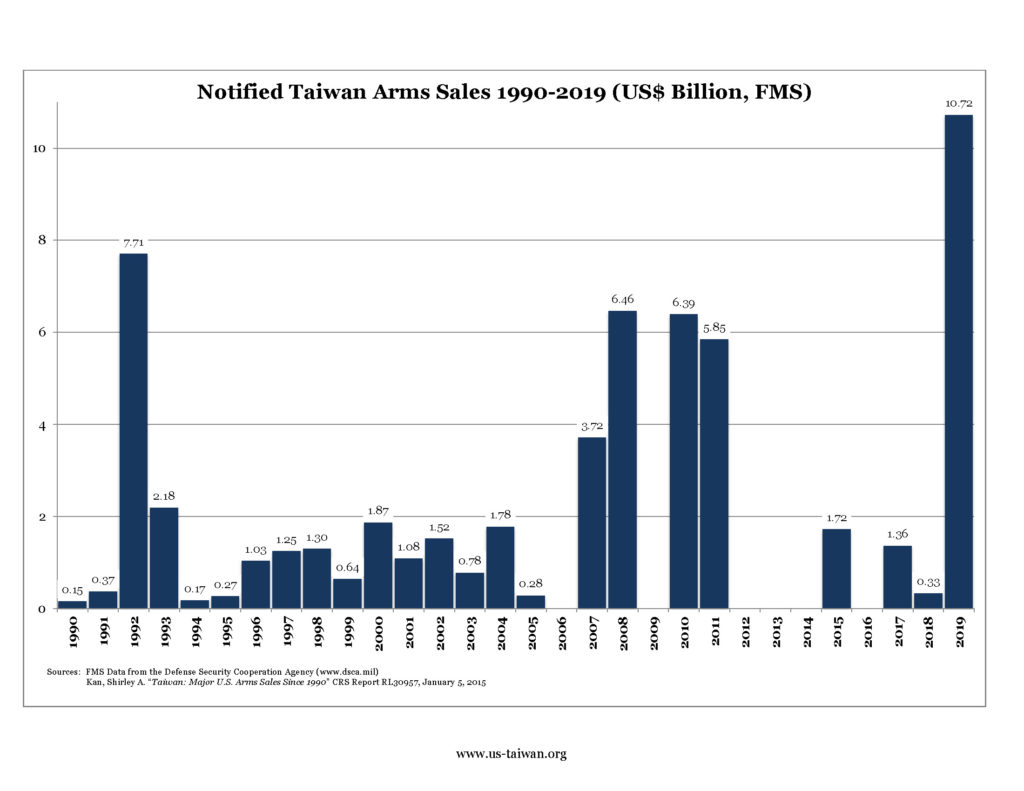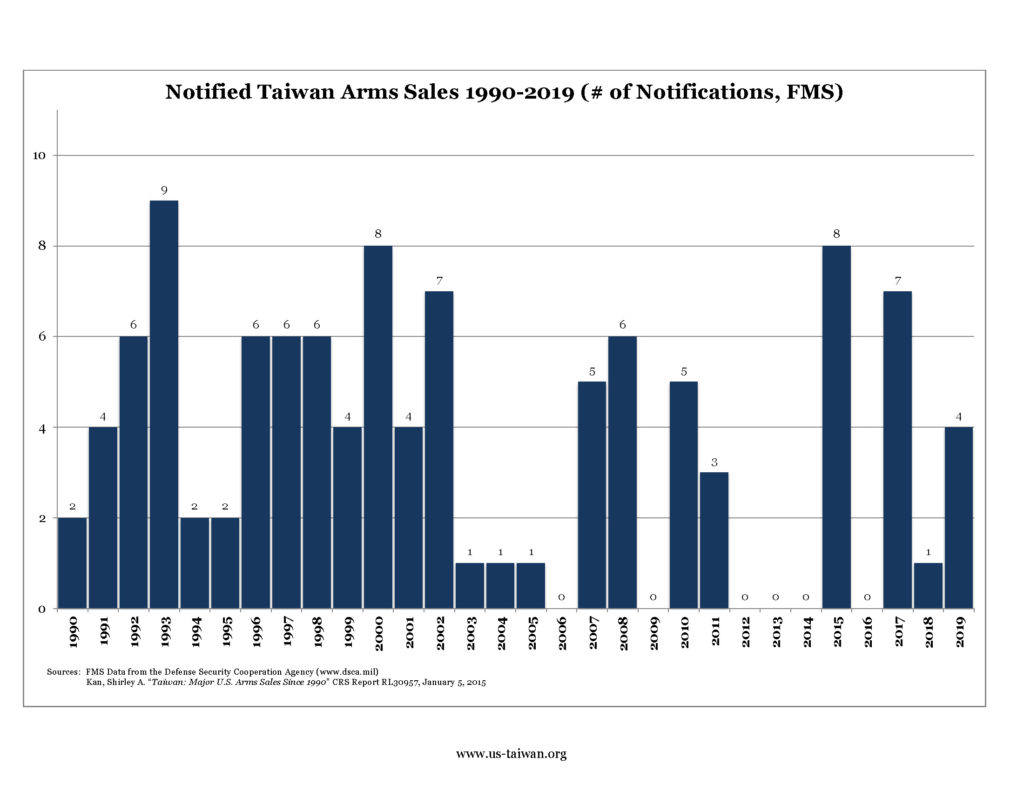
Event: US-Taiwan Defense Industry Conference 2019
October 6-8, 2019
Ellicott City, Maryland
The US-Taiwan Defense Industry Conference 2019 will be held October 6-8, 2019 in Ellicott City, Maryland. This will be the 18th annual event in a series of ongoing conferences addressing the future of U.S. defense cooperation with Taiwan, the defense procurement process, and Taiwan’s defense and national security needs.
This year, the conference will open with a discussion on the future & evolution of Taiwan’s Overall Defense Concept (ODC), looking at what emerging technologies may mean for the concept, and how changes to funding, force structure, and available equipment may affect Taiwan’s ODC plans.
The second, third, and fourth sessions will examine the multi-faceted threat facing Taiwan – starting with lower threat levels during everyday life in Taiwan today, moving to the medium-intensity threat, and then to all-out war. The discussion will look at topic such as political warfare, cybersecurity, subversion and disinformation, potential naval and aerospace blockades, embargoes, government decapitation schemes, and limited ballistic missile strikes. Speakers will also discuss how a sharp conflict may develop and escalate, and will consider the most likely assault vectors – including amphibious, air, missile, cyber, and others. We will also examine potential Taiwan response strategies and tactics, and the role that the U.S. and other Taiwan allies may play.
The last session will consider the needs of Taiwan’s future defense forces. Panelists will discuss how changes to a variety of factors – such as the move towards an all-volunteer force; issues surrounding adequate recruitment, training, and retention; demographic changes; expanded reserves, among other issues – can affect Taiwan’s military readiness, and how to meet those challenges.
Keynote Addresses & Conference Program
Keynote speakers will include senior representatives from Taiwan’s Ministry of National Defense and from the U.S. government.
Conference sessions at the US-Taiwan Defense Industry Conference feature a moderator and several speakers on the panel, and some sessions may include additional commentators. Each speaker gives a short presentation on the session topic from his or her own viewpoint and expertise. Those presentations are then followed by a moderator-led discussion among the panelists, as well as a moderator-driven question and answer period with the attendees. This format offers the maximum amount of time for exchanges among the panelists, as well as between the panel and the audience, allowing the sessions to become a forum for substantial and valuable interaction and discussion.
Registration is now open at the 2019 US-Taiwan Defense Industry Conference website.




